Texas Hold’em Cards and Their Order (Strongest To Weakest)

Texas Hold’em, the world’s most popular poker variant, is a complex game of luck and strategy. Understanding card ranks, suit irrelevance, and different poker hands ratings like one pair or a whole house are essential to excel at the game. Players must pay close attention to positioning strategy, pot odds, and reading opponents to maximise their winning odds across the pre-flop, flop, turn and river betting rounds. The best poker players combine a statistical understanding of hand equities and odds with an instinct for bluffing and reading their opponents.
Here, we will discuss the order and relative strengths of different cards at different points in a hand that separates the sharks from the fish in Texas Hold’em Poker.
TEXAS HOLD’EM CARDS AND THEIR ORDER (RANKING FROM STRONGEST TO WEAKEST)
Understanding the rank of each card is crucial in Texas Hold’em. The rank, from highest to lowest, is:
Ace
The Ace is the strongest card in poker. It can be played as the highest card, above a King, or as the lowest card in a straight (Ace to Five). Whenever the Ace appears in your hole cards or on the board, it signals powerful potential.

King
Behind an Ace, a King is a powerful card. As “king of the face cards”, it outranks Queens and Jacks. A King in Your Hole card gives you a 20% chance to pair one on the flop.

Queen
Behind the Ace and King, the Queen is still a strong and desirable card, outranking Jacks and below. It connects well with Kings and Aces.
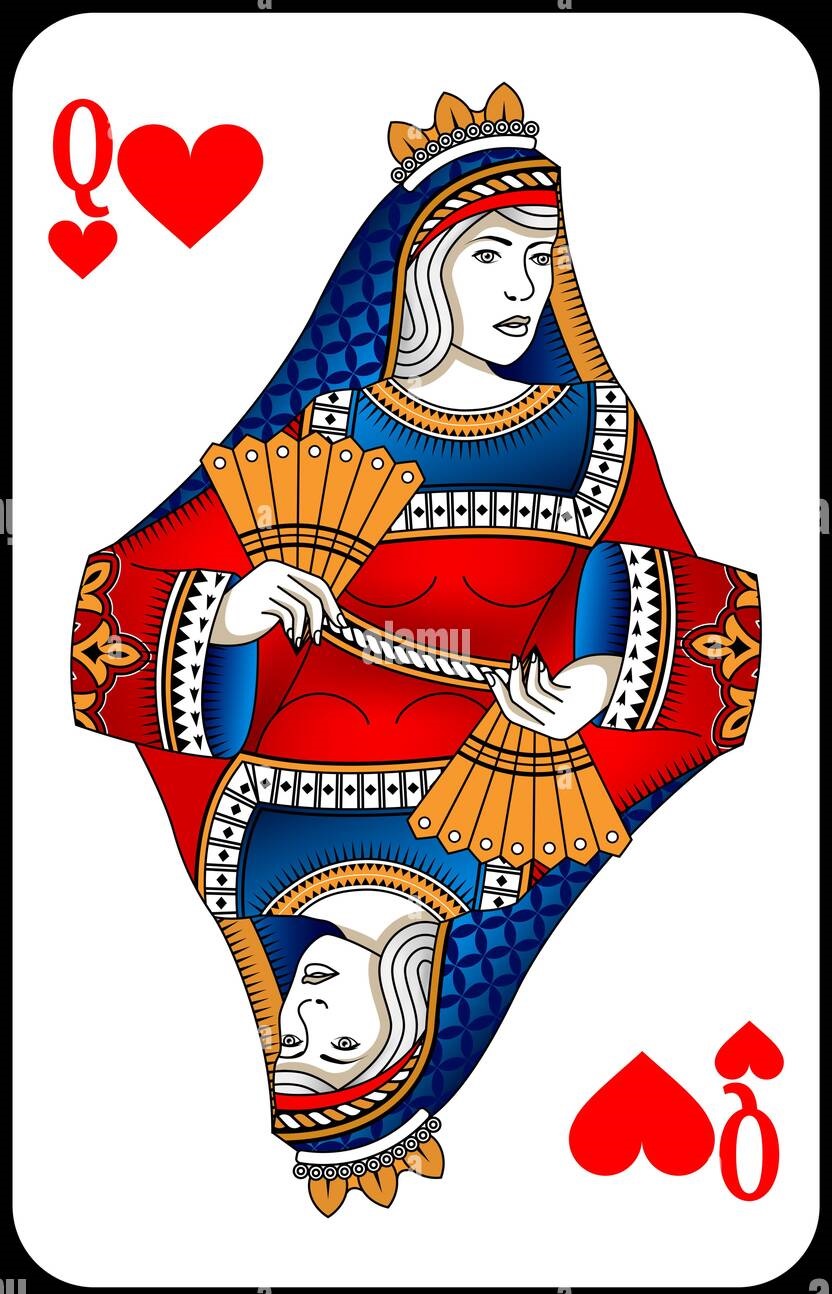
Jack
As the weakest face card, Jack still ranks highly and connects well with Queens and Kings. Referred to as a “paint card” along with Kings, Queens, and Aces due to having a face depicted.

10 through 2
Cards ranked 10 through 2 move downward in rank as their numeric value decreases. 10s through to 6s are considered neutral connector cards. Fives through 2s are low cards that usually need to pair or connect to win at Showdown.
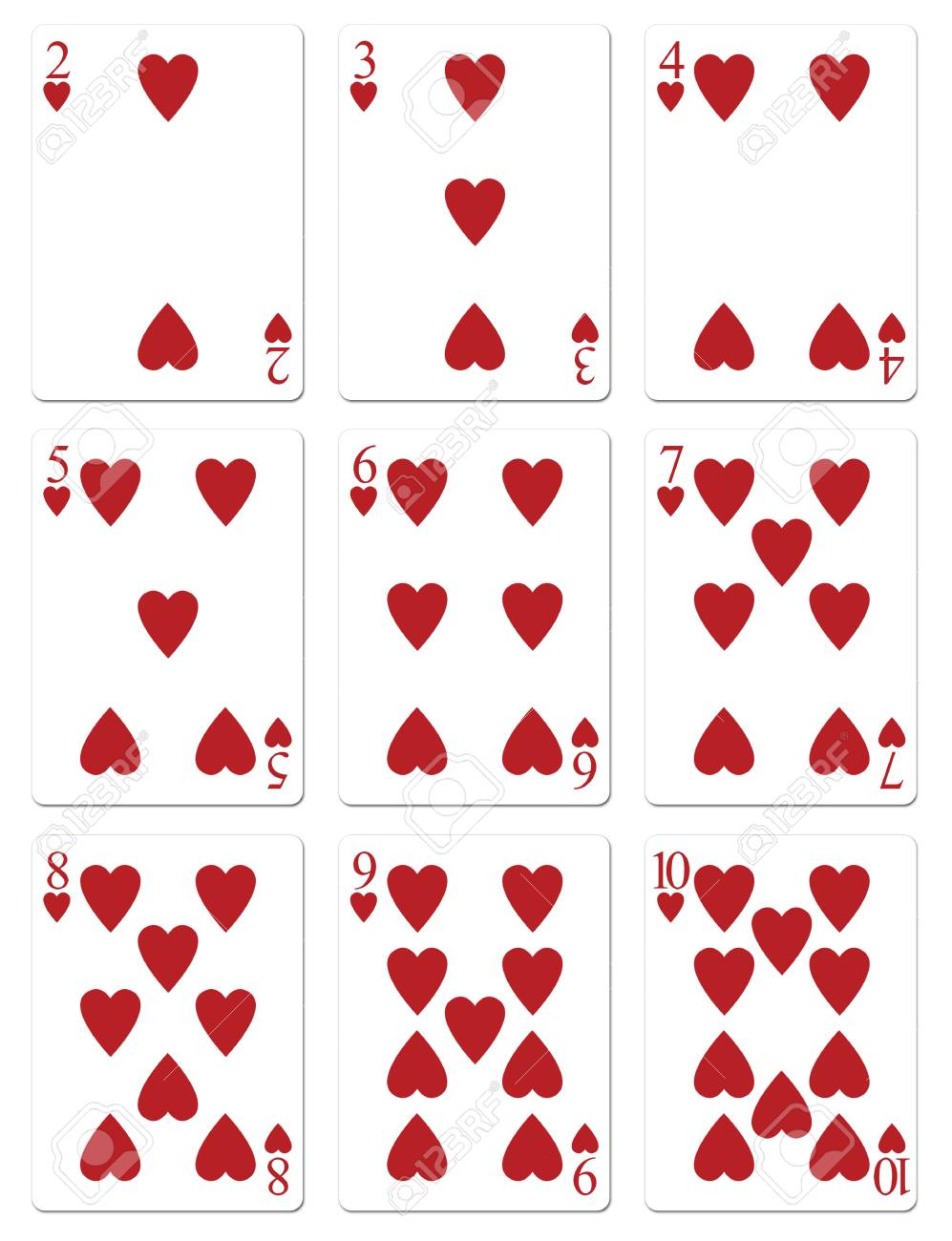
In addition to rank, card suit plays a role in sure poker hands like flushes and straight flushes. But in general, no suit in Texas Hold’em ranks higher than another. This differs from some poker game types that do rank suits.
Also Read: Poker Starting Hands Chart (Complete Guide And Rankings)
tEXAS HOLD’EM COMMUNITY CARDS AND THEIR ORDER
After players have seen their initial hole cards, a series of 5 community cards are revealed that all players can use in combination with their hole cards to form the best possible 5-card poker hand. These cards are revealed in stages:
Mastering this community card reveals and understanding how to adjust strategy in each phase is vital for Texas Hold’em success. It requires both luck in the cards and calculated decisiveness based on odds, reads, and position.
tEXAS HOLD’EM HAND RANKINGS (STRONGEST TO WEAKEST)
Royal Flush
The best hand possible. A straight flush of A-K-Q-J-10 all the same suit. It’s extremely rare but instantly wins the pot when attained.
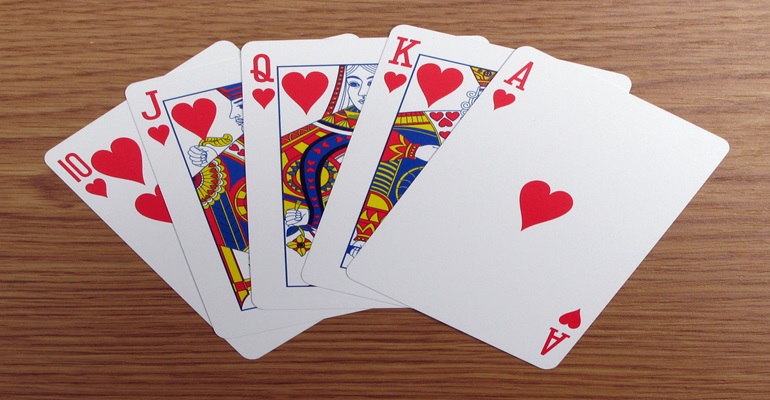
Straight Flush
The second best hand, a straight flush, is an extremely strong five consecutive ranked cards in the same suit. Even lower-ranked straight flushes can overcome trips or entire houses. Hard to achieve but nigh unbeatable.
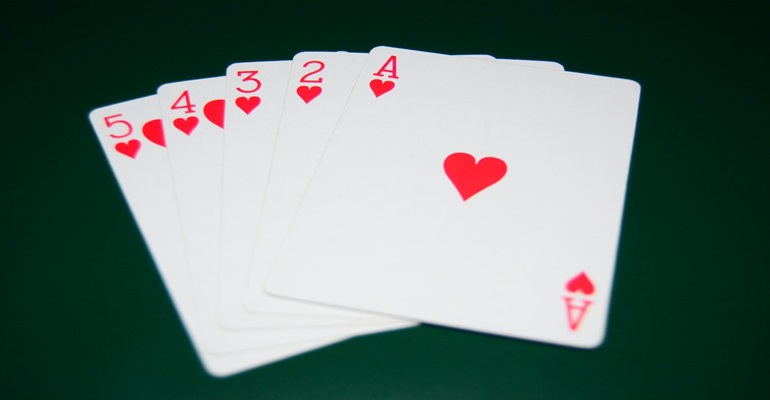
Four of a Kind
Also known as “quads”, four of a kind is a hand containing four cards of the same rank plus one side card, known as the “kicker”. One of the strongest poker hands. Overcomes two pairs, sets, and straights.
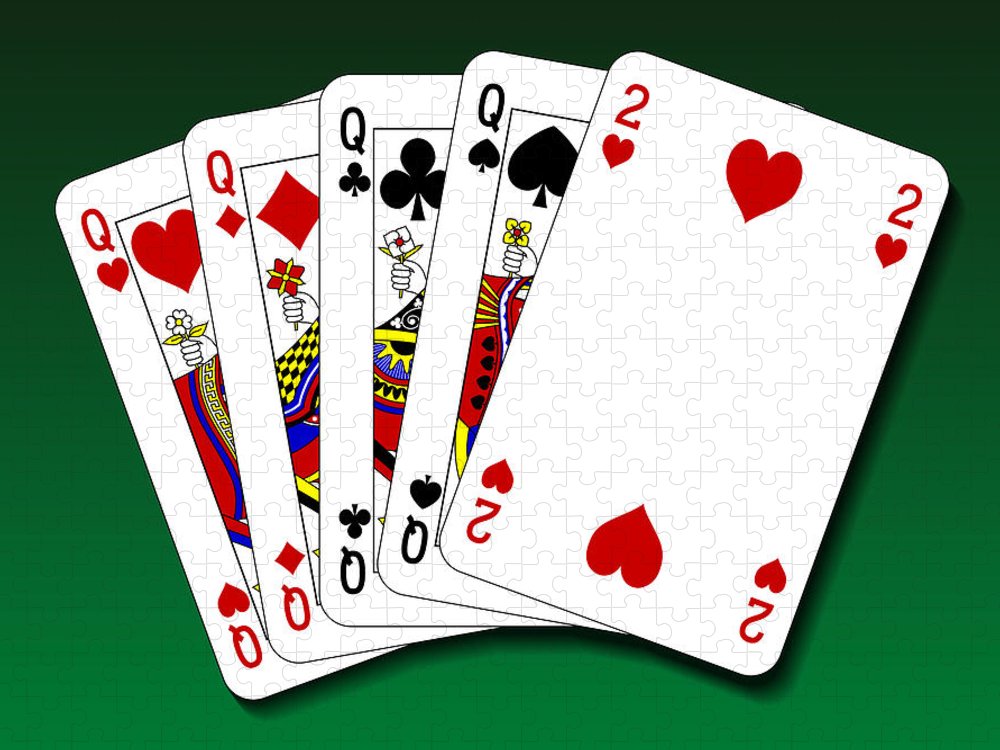
Whole House
Defined by a three-of-a-kind combined with a pair, full houses reliably win pots and intimidate. However, they lose only to flushes, straights, and higher sets.
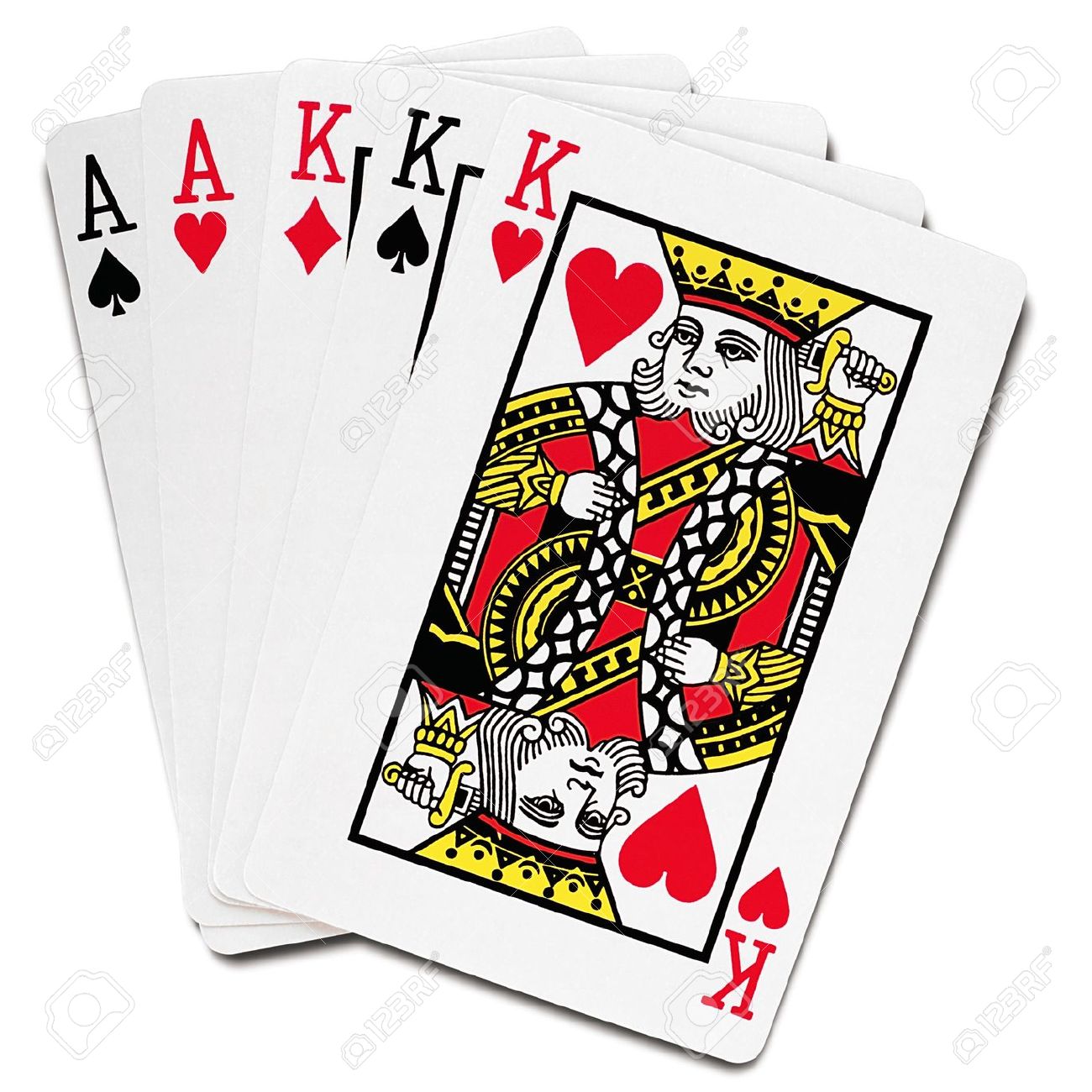
Flush
Any five cards of the same suit but not consecutive rank. Challenging to obtain and even tougher to beat. Higher flush beats lower flush first by card rank.
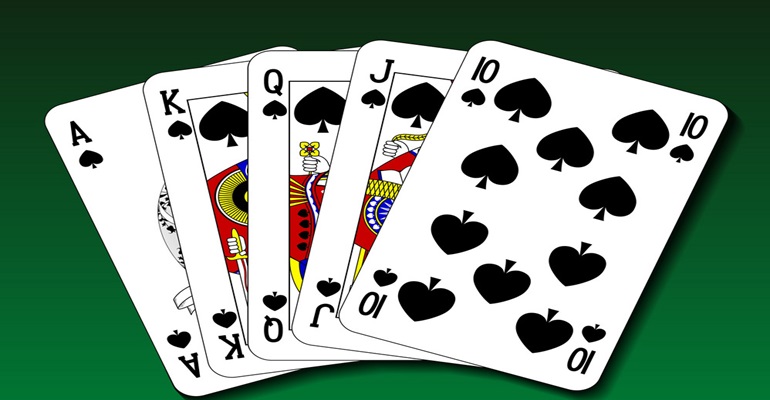
Straight
Five consecutive cards by rank but of any combination of suits. A powerful hand on its own but vulnerable to flushes and sets. The high card determines the winner between two straights.
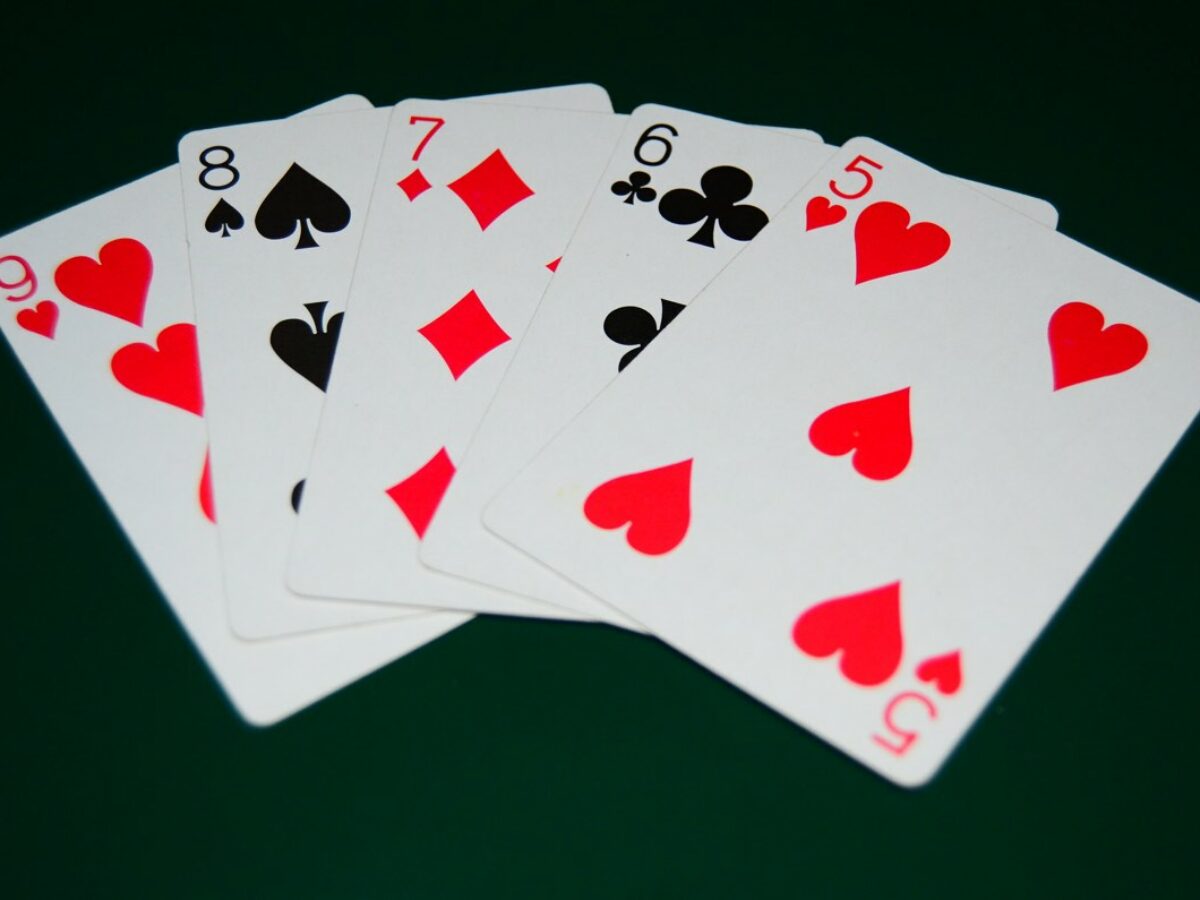
Three of a Kind
Three cards of the same rank plus two unrelated side cards. A strong trip’s hand beats overpairs and two-pairs but loses to full houses and flushes or straights.
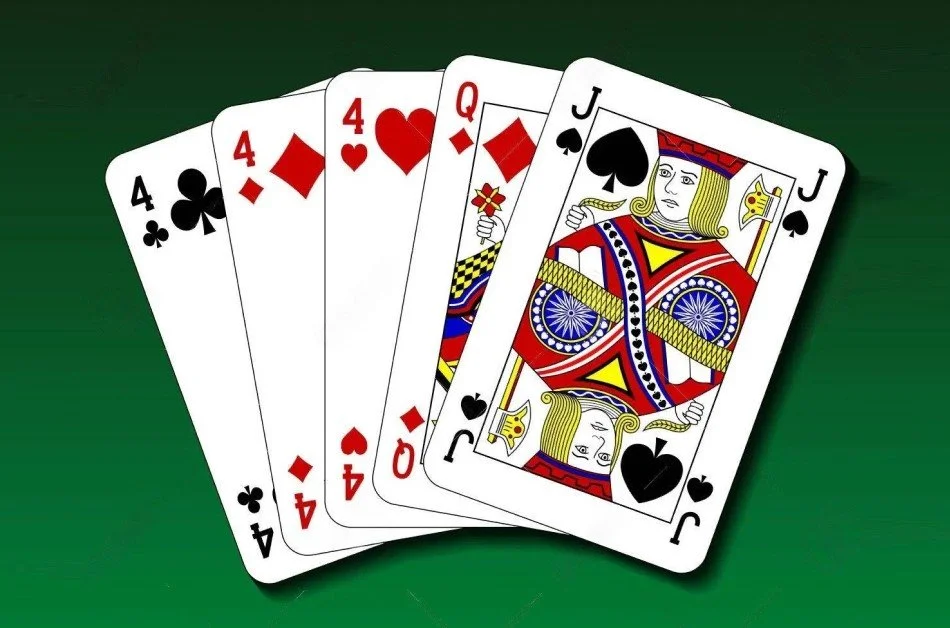
Two Pair
Two pairs of cards within a hand plus one kicker, such as Aces over Fives. Strong against just one pair but dominated easily by sets and better hands.
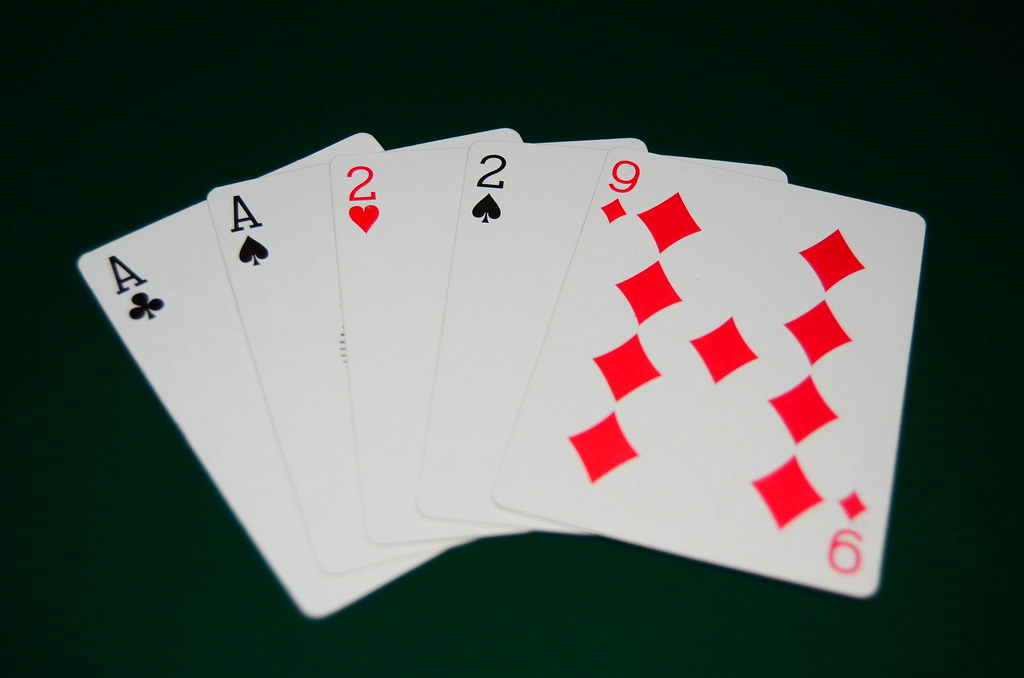
One Pair
Two matched ranked cards and three unrelated kicker cards. One pair of aces remains formidable but still only 50/50 against overcards AK.
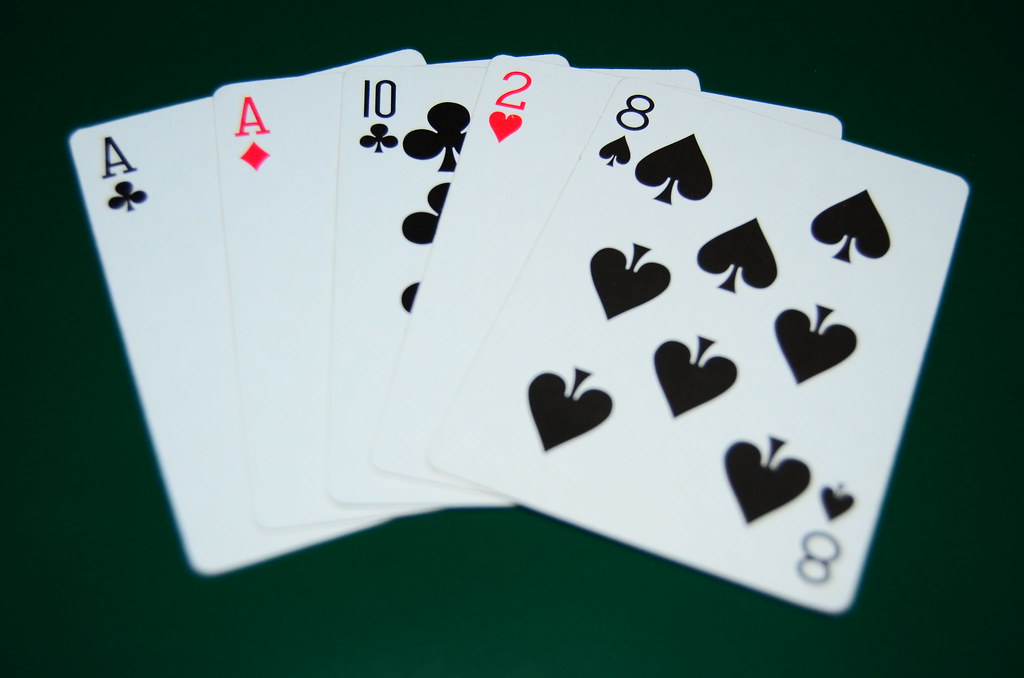
High Card
An unpaired hand with five cards that do not make any of the above hands. Some high-card hands have surprise winning equity; however, most lose and need bluffy players to take down pots.
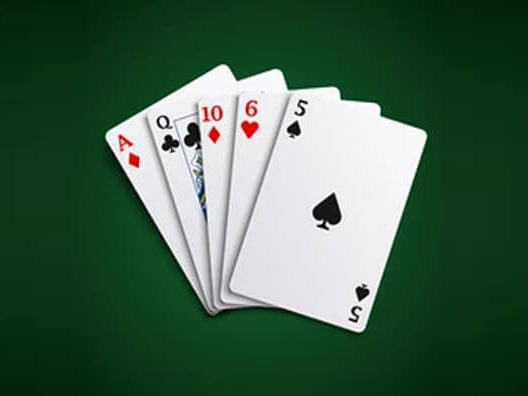
Ranking The Top 20 No Limit Texas Hold’em Starting Hands
Based on raw equity when going all-in pre-flop, below are the top 20 No Limit Texas Hold’em starting hands. Hands are ranked according to their statistical winning percentage against a random hand.
| Rank | Hand | Description |
| 1 | Pocket Aces (A♠ A♥) | The very best starting hand pre-flop by a wide margin |
| 2 | Pocket Kings (K♠ K♣) | Second-best starting hand and ace magnets |
| 3 | Pocket Queens (Q♠ Q♥) | It is still an extremely strong premium pair |
| 4 | Pocket Jacks (J♠ J♥) | Also known as “fishhooks”, a premium pair but volatile |
| 5 | Ace-King Suited (A♠ K♠) | Best unpaired starting hand |
| 6 | Pocket Tens (T♠ T♥) | Strong pair that plays well post-flop |
| 7 | Ace-King Offsuit (A♠ K♥) | Massive card power but more vulnerable than suited |
| 8 | Ace-Queen Suited (A♠ Q♠) | Also, very high card potential plus a flush draw |
| 9 | Pocket Nines (9♠ 9♥ ) | Smaller pairs become trickier without sets |
| 10 | Ace-Jack Suited (A♥ J♥) | High flush and straight potential |
| 11 | King-Queen Suited (K♠ Q♠) | Not far behind AKs in raw power and potential |
| 12 | Ace-Ten Suited (A♥ T♥) | Very playable Broadway gappers draw well |
| 13 | Ace-Queen Offsuit (A♠ Q♦) | Incredible high-card dominance |
| 14 | Pocket Eights (8♣ 8♦) | There are many tough spots versus overcards without a set |
| 15 | King-Jack Suited (K♦ J♦) | Strong gapped connectors |
| 16 | King-Ten Suited (K♠ T♠) | There is significant disparity but big straight/flush potential |
| 17 | Queen-Jack Suited (Q♦ J♦) | Very powerful draws |
| 18 | Ace-Jack Offsuit (A♣ J♠) | Decent high card potential but is much better-suited |
| 19 | King-Queen Offsuit (K♥ Q♠) | Still relatively strong, plays best multiway |
| 20 | Queen-Ten Suited (Q♠ T♠) | Broadways add fold equity and mix it up |
This demonstrates which hands rank highest and warrant aggression preflop – mainly premium pairs and ace kings. Understanding how these rankings interact post-flop as community cards dictate new relative hand strengths is key as well, though, along with betting patterns and opponents.
Also Read: How To Play Texas Hold’em: Rules And Tips You Must Know
STRATEGIES FOR PLAYING DIFFERENT HANDS
- Strong Hands (Tier 1 Starting Hands) – For pocket pairs, ace kings, and ace queens, raise and re-raise to build high-value pots pre-flop and post-flop. Be willing to go all in with your premiums. Be aware of game dynamics. Size your value bets based on draws available and opponent reactions. Avoid ever folding your overpairs pre-flop.
- Marginal Hands (Tier 2 Starting Hands) – Strong single Broadway cards like KQs and KJs have high card potential but do much better multi-way rather than heads-up. Mix up your play style with these hands pre-flop and based on position. Do not hesitate to lay down your overcard holdings to heavy action. Float passively with high equity holdings rather than raise without initiative—many creative options.
- Weak Hands (Low Pocket Pairs, Suited Connectors, Gappers) – Tricky holdings that require optimal runs of cards to win pots. Be selective where you apply pressure. Understand when you are an underdog and play to your outs. Be aware of stack sizes required to set mine profitably. Bluff and semi-bluff frequently when misses and folds happen. Requires large skill edge to play trash hands effectively.
COMMON MISTAKES TO AVOID
Mastering the mental game, math fundamentals, and technical play allows you to avoid and exploit these common pitfalls average players consistently make.
Conclusion
Knowing all the cards and their proper order of strength is key to success in Texas Hold’em. Combine this knowledge with practice, analysis of opponents, discipline, and smart betting to maximise your win rate at the poker table. The cards may fall as they do, but skilful play wins out in the end.






